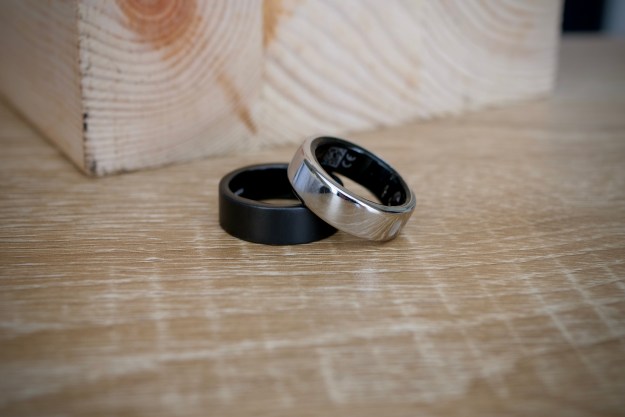At this week’s Mobile World Congress in Barcelona, the LiMo Foundation officially took the wraps off LiMo 4, the latest edition of its open source Linux platform for mobile devices. The idea behind LiMo is to create an open source operating system that can support a wide variety of device and be complete customized by operators and device developers to meet their needs: there are no gotchas, and device makers are free to take the operating system in any direction they like without contractual encumbrances. The LiMo Foundation says LiMo 4 will include leading-edge capabilities like 3D window effects, extended widget libraries, advanced multimedia capability, location-based services, sensor frameworks, multitasking support, and support for scalable screen resolutions. On top of that, the operating system will offer a “flexible and powerful” user interface and social networking capabilities.

Of course, the main challenge facing LiMi is getting support from device manufacturers—and in an ecosystem where most of the excitement is about Android—another open source mobile platform that, in reality, is fairly tightly controlled by Google—LiMo faced significant challenges to adoption.
“LiMo 4, under LiMo’s proven collaborative governance model, enables flexible dis-aggregation of the device platform and the service propositions such that operators and device manufacturers can more freely shape attractive user propositions and secure sustainable long-term value,” said the LiMo Foundation’s executive director Morgan Gillis, in a statement. “LiMo 4 represents a timely milestone in the advancement of a uniquely open and independent device platform that is completely free of inherent brand and business model conflicts.”
The LiMo Foundation expects that the LiMo 4 code will be available for public download in July of 2011, with LiMo 4 devices expected to reach the market in the second half of 2011.
Although the LiMo 4 release is getting support from players like NTT DoCoMo, SK Telecom, and Vodafone, it’s not clear how many devices will actually embrace LiMo 4 with hardware . To date, LiMo handsets have been released by NEC, Panasonic, Samsung, and Motorola. However, both Samsung and Motorola are betting heavily on the Android platform (and Samsung also has its own Bada smartphone platform), and LiMo also faced competition from MeeGo—which itself was just dealt a body blow by Nokia’s defection to Windows Phone 7.


